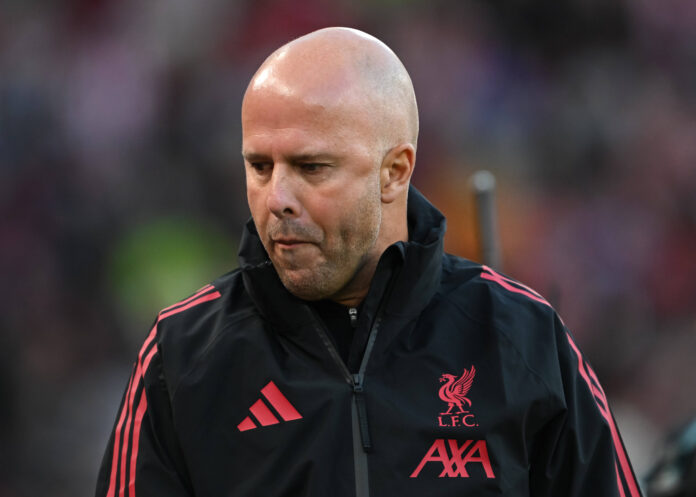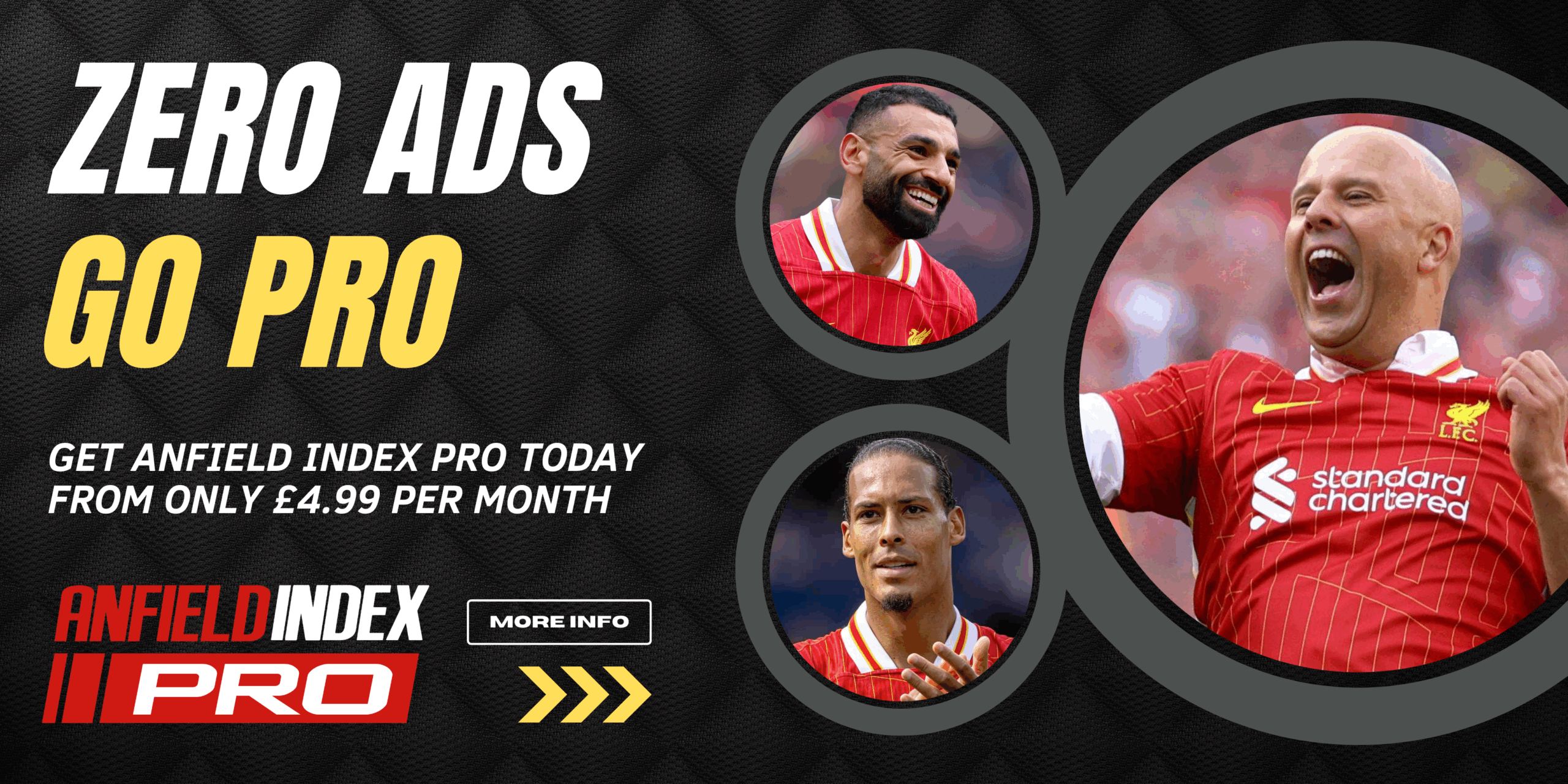Liverpool is a club you can only understand by meeting its managers. Anfield’s identity has been built, polished, and remixed by a line of coaches whose ideas travelled from a tiny room full of teacups to the crisp, repeatable pressing of Arne Slot.
If you love translating real-world football into your own game nights, here’s a fun nudge before we dive in: whatever era you preferred, don’t miss out on investing a few FC 26 coins to recreate Liverpool’s DNA in EA Sports FC.
Now let’s walk through the managers who defined Liverpool — each chapter building on the last.
A quick coach-to-style cheat sheet
Here’s the short version you can use to “play like” each era.
- Shankly: Work ethic, collective preparation, hard press in simple shapes.
- Paisley: Evolution of Shankly. Compact, clever, surgical finishing.
- Fagan: Continuity and calm. Same ideas, ruthless delivery.
- Dalglish: Front-foot, intelligent combinations, big-game temperament.
- Houllier: Structure, fitness, counters with purpose.
- Benítez: Control through spacing, set pieces as a weapon, European poise.
- Rodgers: High-risk, high-reward transitions, expressive attacking.
- Klopp: Orchestrated press, vertical bursts, relentless mentality.
- Slot: Pressing with polish, repeatable patterns, shot quality over volume.
Bill Shankly (1959–1974): The Blueprint
When Shankly walked into a Second Division Liverpool in 1959, he didn’t just plan for promotion. He built a way of working. He gathered his lieutenants in a cramped space beneath the Main Stand, turned a storage nook into the now-legendary Boot Room, and made thinking together a habit. Promotion followed, then league titles, the first FA Cup, and a European trophy. The silverware mattered, but the method mattered more: collective preparation, continuity, and standards. Liverpool learned to out-work, out-plan, and then out-play. That template outlived him.
Bob Paisley (1974–1983): Evolution, Not Revolution
Paisley was Shankly’s quiet genius of a successor. He didn’t rip up the blueprint; he sharpened it. In nine seasons he collected an astonishing haul, including multiple league titles and three European Cups. The football moved with an unshowy inevitability: compact distances, clever patterns, ruthless finishing. If Shankly wrote Liverpool’s constitution, Paisley made it case law. The team felt inevitable because the ideas were repeatable.
Joe Fagan (1983–1985): The Treble and a Heavy Ending
Fagan, another Boot Room graduate, kept the line moving. In his first season, Liverpool completed a historic treble of league, European Cup, and League Cup. It read like a coda to the most dominant domestic dynasty England had seen. His second year ended amid the tragedy of Heysel, after which he stepped away. Short tenure. Big imprint. The Boot Room way still held.
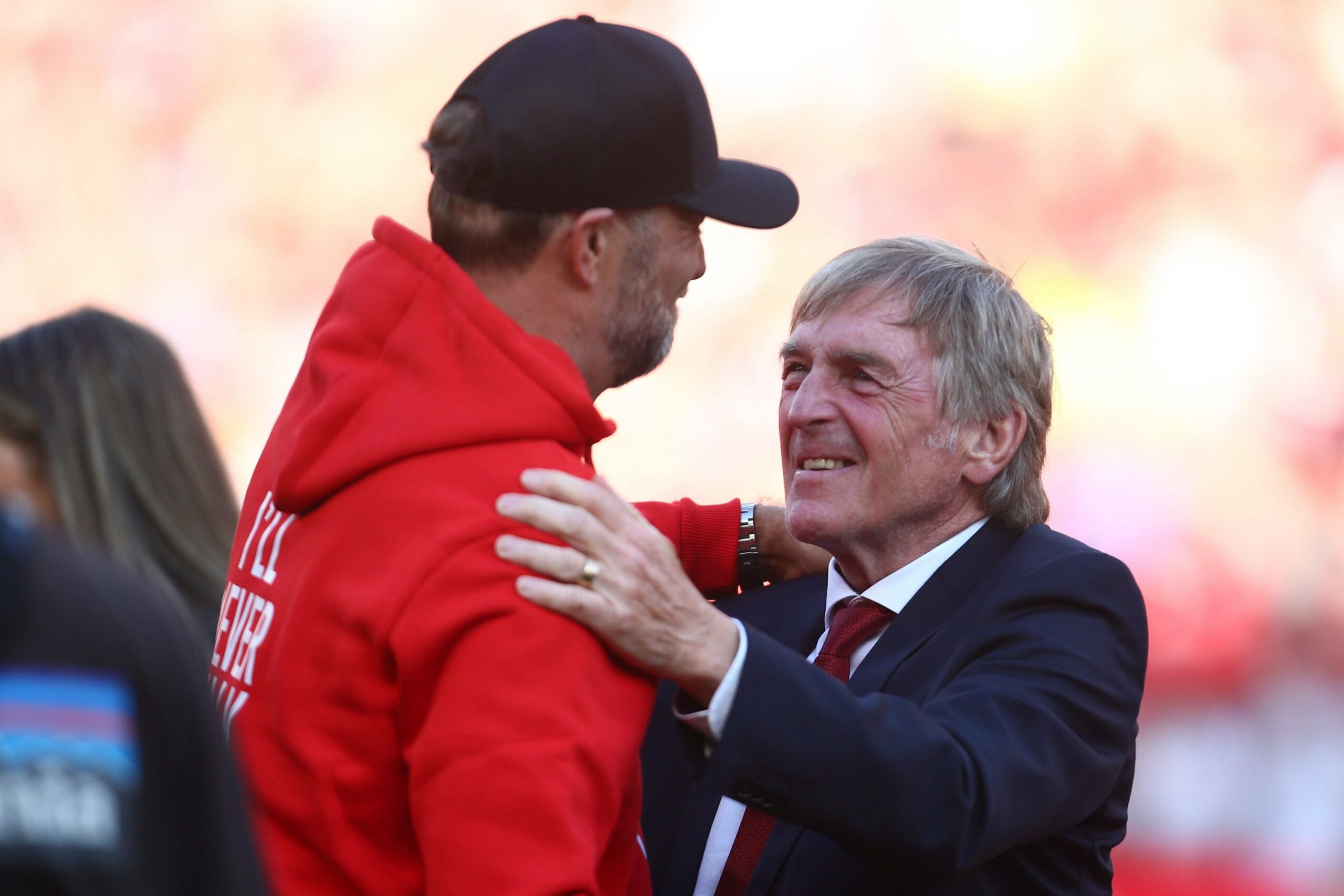
Kenny Dalglish (1985–1991; 2011–2012): The King as Custodian
Dalglish became player-manager in 1985 and won the league-and-FA Cup double at the first attempt. More titles followed. The football was front-foot, but his greatest contribution may have been cultural. Dalglish guided the club through its hardest hours with a human touch that made him more than a coach. Decades later he returned to steady the ship and added a League Cup. As a manager, he proved that Liverpool’s standard is not just how you play, but how you carry the badge.
Graeme Souness and Roy Evans (1991–1998): Transition and the Last of the Boot Room
The 1990s were a hinge. Souness tried to modernise quickly and paid for the turbulence. Evans, the last manager schooled in the Boot Room, restored some silk with expansive football and lifted a League Cup, but the era belonged to a rival juggernaut. In hindsight, you can feel a club searching for its next clear idea. The Boot Room had given Liverpool continuity; the game around them was changing fast.
Gérard Houllier (1998–2004): Professionalism and the 2001 Treble
Houllier arrived with continental rigour: training-ground standards, nutrition, and recruitment tuned to legs and discipline. The result was a joyful 2000–01 treble of UEFA Cup, FA Cup, and League Cup, plus the European Super Cup that followed. Houllier’s sides pressed in spells and countered with purpose. Crucially, Liverpool rediscovered the belief that domestic and European campaigns could be run in parallel again.
Rafael Benítez (2004–2010): Structure and Istanbul
Benítez gave Liverpool a tactical exoskeleton. Compact distances. Set-piece detail. Midfield rotations that looked mechanical until they produced a moment of control. Europe suited him, and Liverpool lifted their fifth European Cup in 2005 after Istanbul’s miracle, then added the FA Cup in 2006 and pushed a superb league campaign in 2008–09. If Houllier re-tuned Liverpool for the continental stage, Benítez taught them how to control it for ninety-plus minutes.
Roy Hodgson (2010–2011) and Dalglish (Return, 2011–2012): Reset
Hodgson’s short run never quite meshed with Liverpool’s expectations on style or results. Dalglish’s return felt like a cultural reset and delivered that 2012 League Cup. In the longer arc, this reads like the inhale before the next big exhale.
Brendan Rodgers (2012–2015): Risk, Reward, Almost
Rodgers brought positional patterns and aggressive pressing in bursts, then let the leash off. The 2013–14 title chase was roller-coaster football: overlapping full-backs, a lightning front line, controlled chaos that threatened to blow the league open. Liverpool fell short, but Anfield remembered how thrilling it felt when the team went fast and fearless.
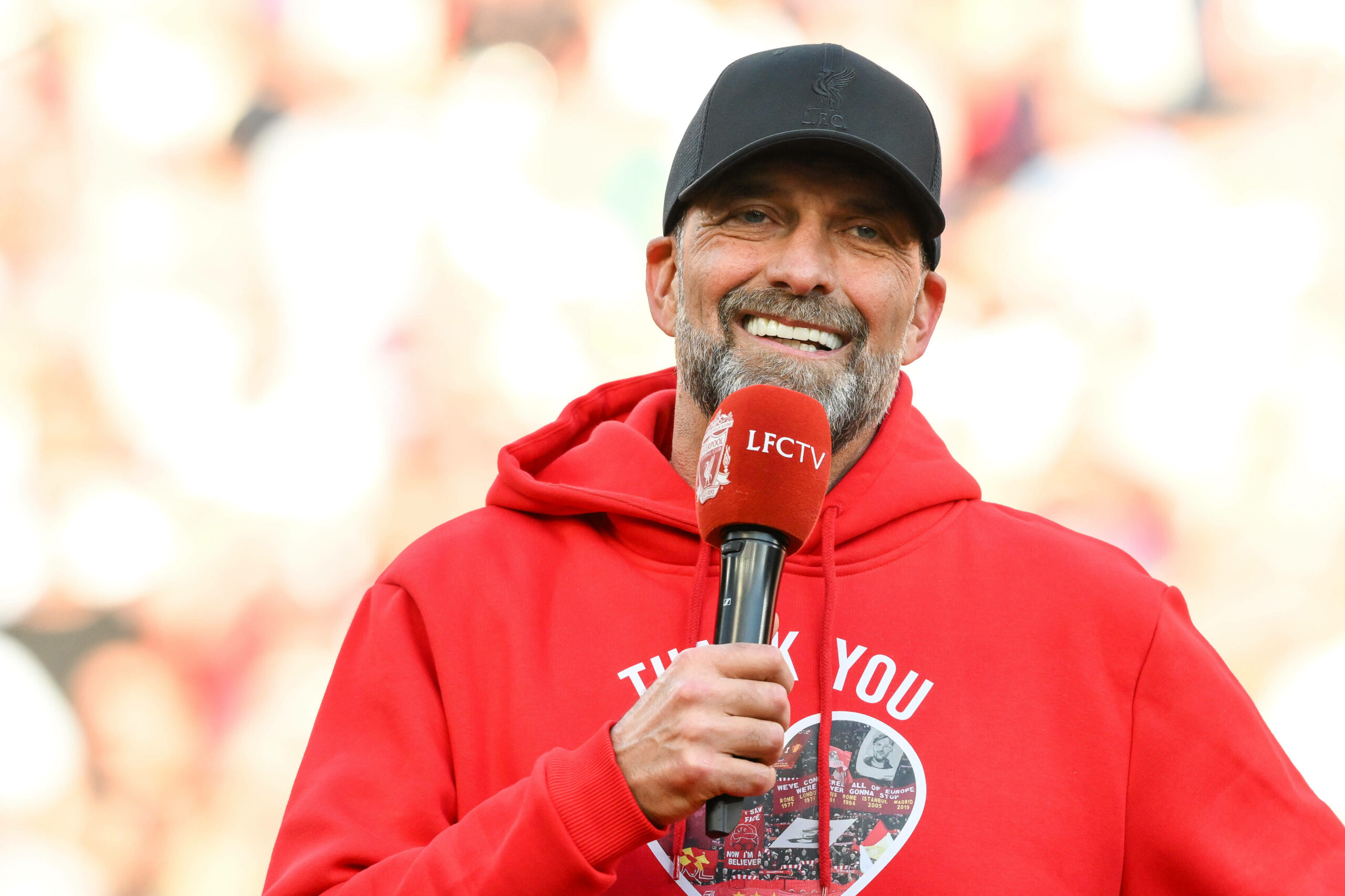
Jürgen Klopp (2015–2024): Heavy Metal, Heavy Silver
Klopp plugged Liverpool back into the mains. The press became a religion again, but with choreography: triggers, traps, five-second sprints into space. The honours tell their own story — Champions League 2019, Premier League title in the modern era, plus domestic and European cups — and the emotional reset might be the lasting legacy. Under Klopp, Liverpool relearned how to look inevitable in big games and humane in the way they carried themselves. The team didn’t just win; it felt like Liverpool again.
Arne Slot (2024– ): The Modern Press, Version 2.0
Slot’s brief looked impossible on paper: succeed Klopp, modernise without alienating, keep the fire and add control. He arrived with a reputation for compact distances, repeatable pressure, cleaner shot selection, and patterns that travel through fixture congestion. Early signs are exactly that: a model designed for rhythm and reliability. This isn’t a revolution against Klopp’s ideas; it’s a tuned remix for a new group.
The thread that ties it together
Anfield loves romance, but demands rigour. That’s the paradox each coach had to solve. Shankly gave the romance a work ethic. Paisley industrialised it. Fagan protected it. Dalglish personified it. Houllier and Benítez modernised it. Klopp electrified it. Slot is now coding it for the next cycle, where games come every three days and the margin for error lives in set pieces, rest defence, and who wins second balls in minute 88.
Change the names, keep the thread. The club’s best self appears when the football is brave, the preparation is collective, and the details are handled early. Whatever era you’re drawn to — Shankly’s steel, Paisley’s cool, Dalglish’s courage, Klopp’s thunder, Slot’s clarity — the emotion is the same. Liverpool at its best feels inevitable because the work behind it never stops.
